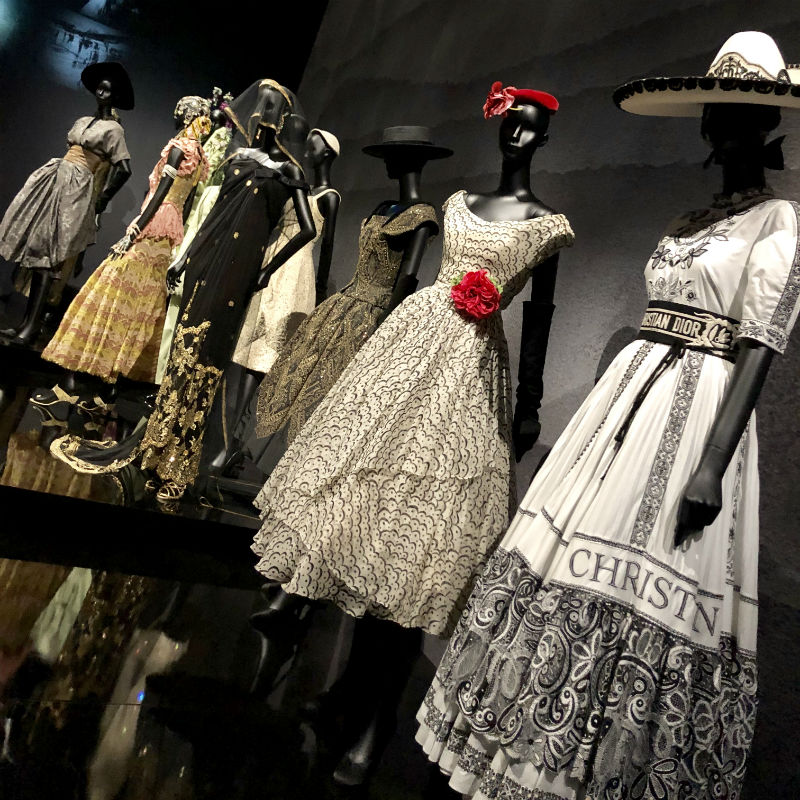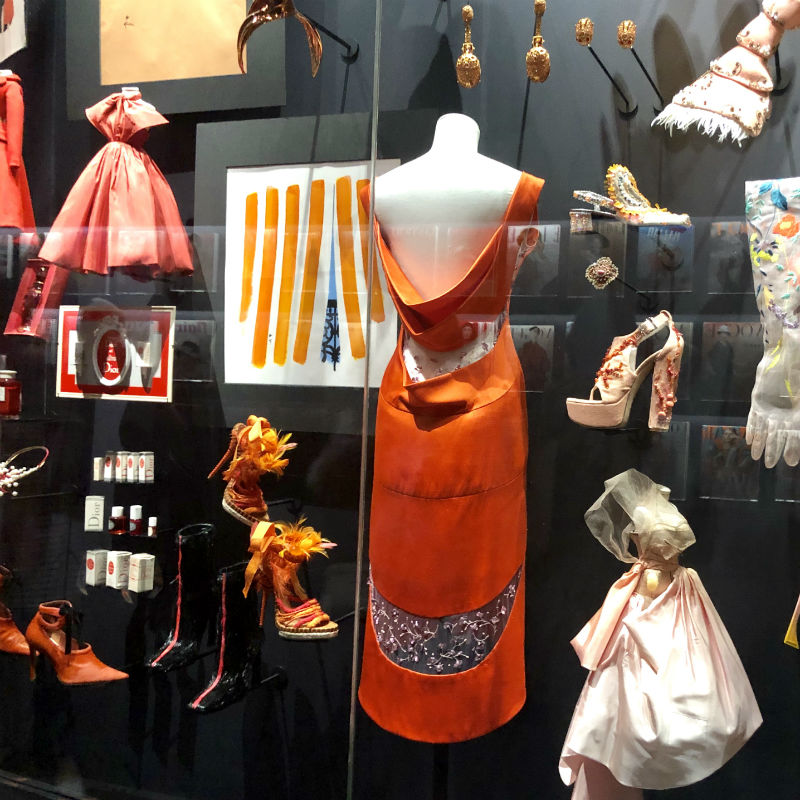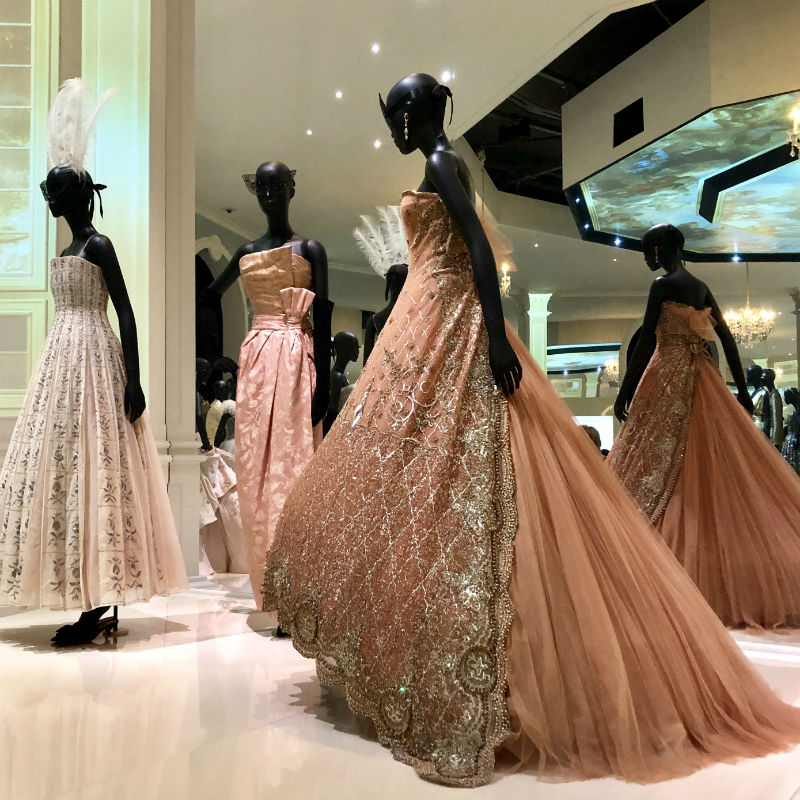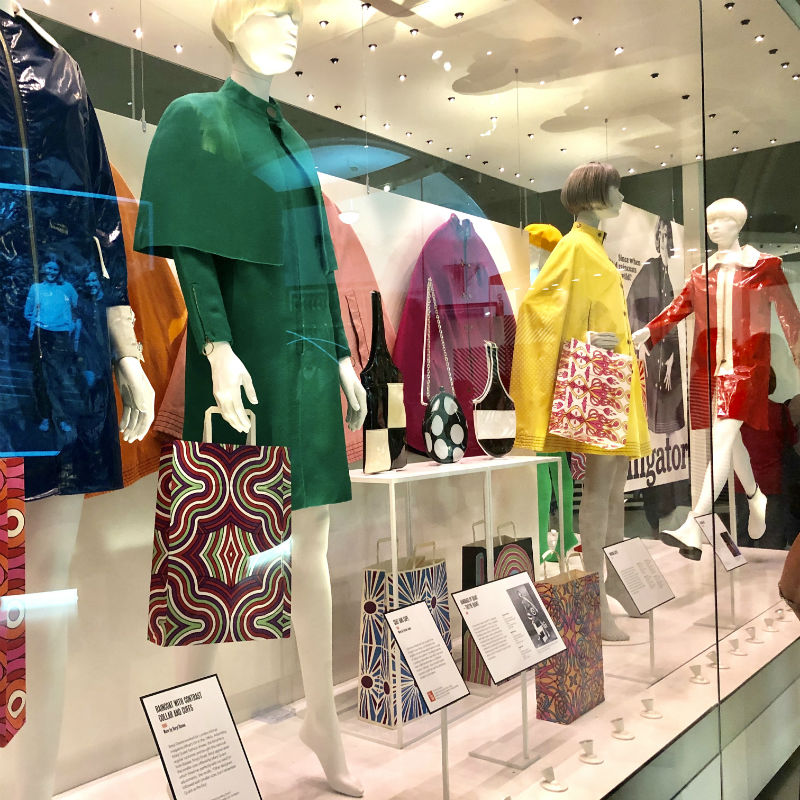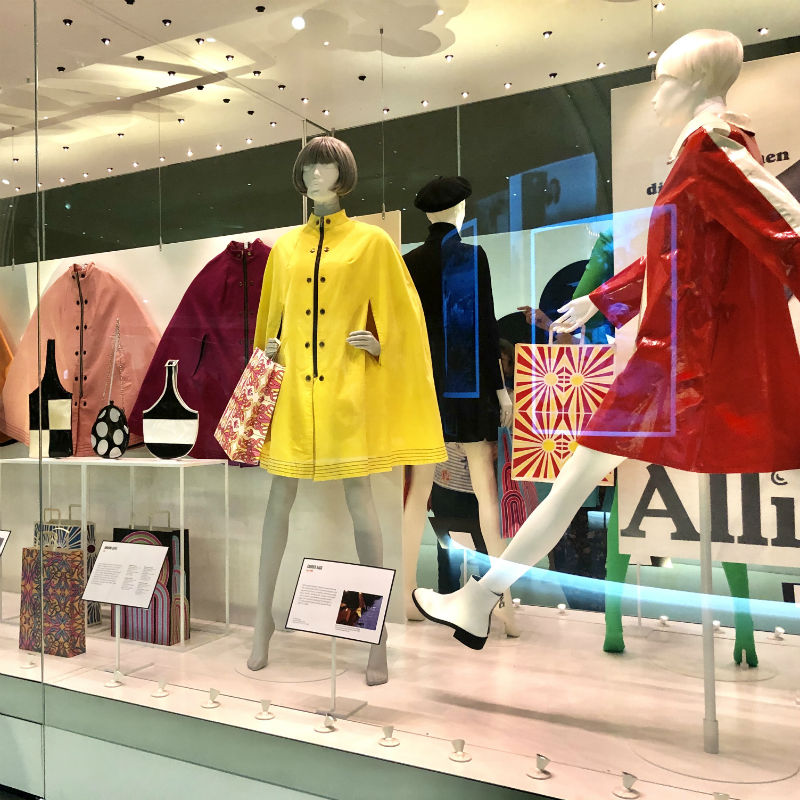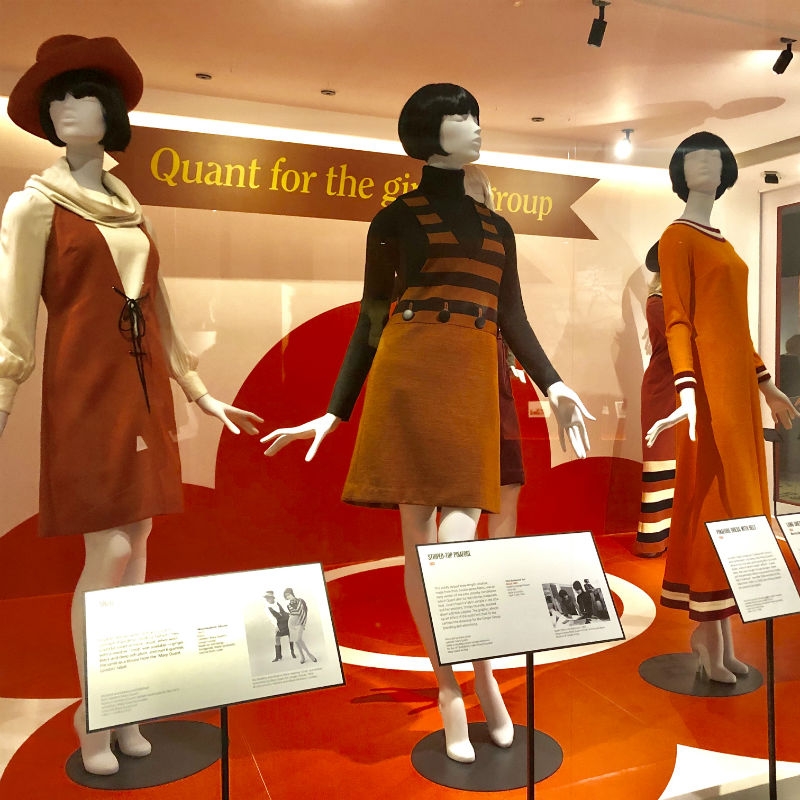Loving Fashion AND The Planet
For those of you who read my blog regularly you might be aware of the fact that I have had the environment on my mind a lot lately. One of the issues that has been in the news a lot the last couple of years is the concept of “fast fashion”. A perfect example of how fast fashion works would be Fashion Week in NYC. The top designers release collections featuring the latest trends and six weeks later we can buy a similar concept piece at Zara for $40. There are several problems with this:
The material that fast fashion is created with is not environmentally friendly.
The apparel industry produces more than 150 billion clothes every year for only 7 billion humans. Over the last 15 years, clothing production has doubled, and yet the average number of times a garment is worn before it is discarded has decreased by 36%.
These fast trends end up only being worn a few times and then they make their way to a landfill. However, because of the material they are made with they have a negative environmental impact.
I can appreciate buying some evolving trendy pieces that are unique and only here for a short moment at a fast fashion retail store, but I also think that a large percentage of our wardrobe should be quality staple pieces that will stand the test of time.
Fashion With Longevity-A Little History
In the past couple of months I’ve been fortunate enough to attend several different fashion exhibits. When I was in London in June, I went to both the Christian Dior and Mary Quant exhibits at the Victoria and Albert Museum.
The Dior retrospective highlighted the very best of haute couture; a display of the most beautiful high fashion for over 104 years.
The Mary Quant exhibit represented the years between 1955 and 1975, and highlighted this cutting-edge female designer who popularized the mini skirt, colorful tights and tailored trousers encouraging a new wave of feminism for women.
Upon returning back to Los Angeles, I went to the pop-up Louis Vuitton exhibit on Rodeo Drive in Beverly Hills. I’m a fan of all of these designers and for me, it was visually a throwback in time. The colorful and amazing Louis Vuitton pop-up here in Beverly Hills featured the designs of this french fashion house and luxury retailer spanning 165 years. All three of these exhibits were beyond impressive and so much fun to attend. All of these exhibits reminded me that well-made pieces can have a lifespan that is decades long.
While these high end luxury fashion houses are a dream for both consumers and collectors alike, the high-end price tag of the Louis Vuitton, Dior, Chanel and Hermes pieces (especially their handbags) only increases in value over time. Believe it or not, I have heard women call these designer bags ‘hard assets’ because all they do is increase in value year after year. A great example of this would be the Louis Vuitton trunks. One of my dear friends has one of these antique trunks in her living room and uses it as a side coffee table. She bought it at a Paris flea market and it’s absolutely exquisite, and a real conversation piece! Pieces like this confirm my belief that high end fashion retains its value, stands the test of time, and becomes an investment that you can hand down to the next generation.
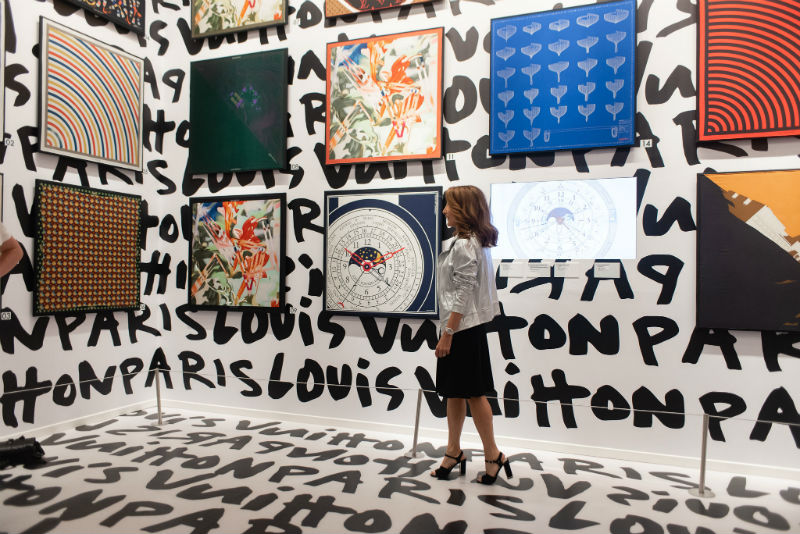
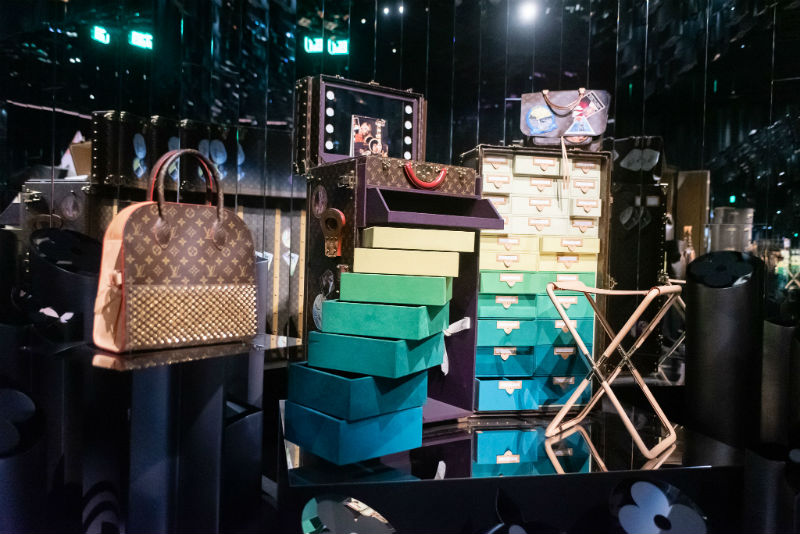
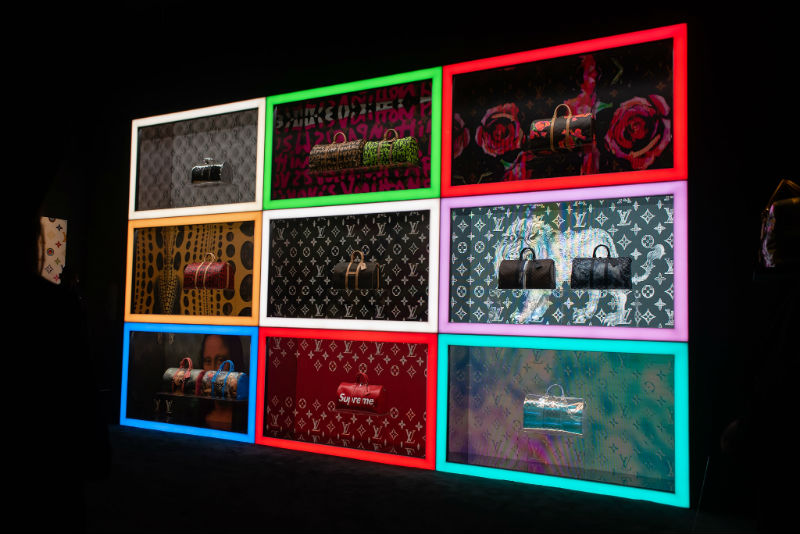
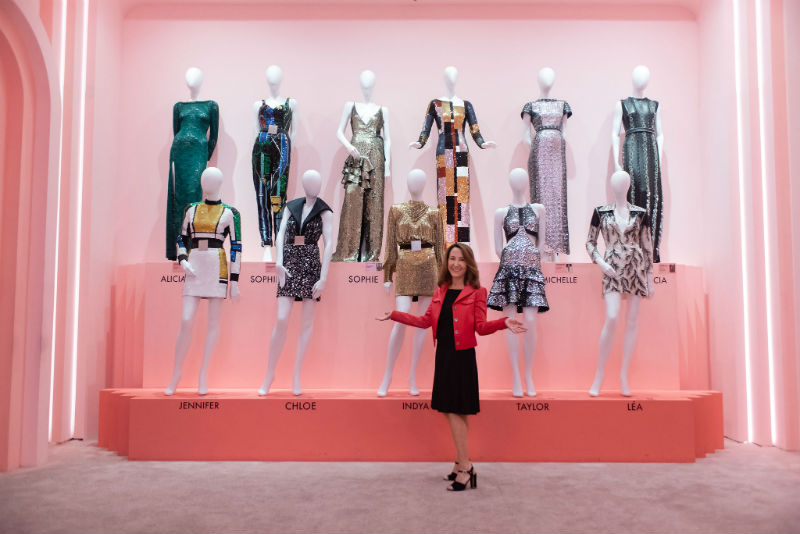

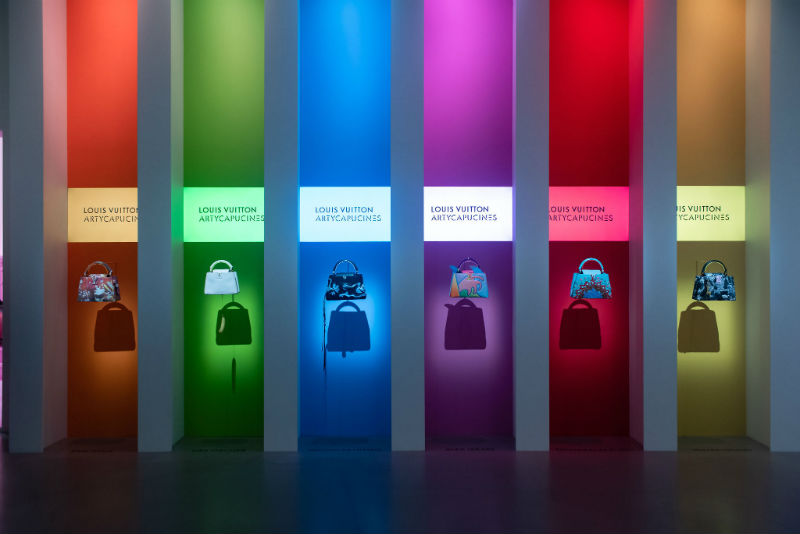

The Reality of Luxury Brands & Fast Fashion
The problem with these hard assets is that even though they have great resale value, it’s not feasible or sustainable for 99.99% of the population. Realistically only 1% of the population can afford to dress themselves in Dior daily. I don’t for a second believe that we should get rid of fast fashion altogether, because it is a great way for people to stay on trend and be in style, but it is proven that fast fashion won’t stand the test of time because it is cheaply made. One thing I know for sure is we need to be more mindful of the carbon footprint our wardrobe leaves. I found myself asking the same question I always ask when I hear about environmental issues, “What can I do to help?” The main takeaway is always: STAY INFORMED! It’s important to be aware of the companies that are actively participating in sustainable fashion.
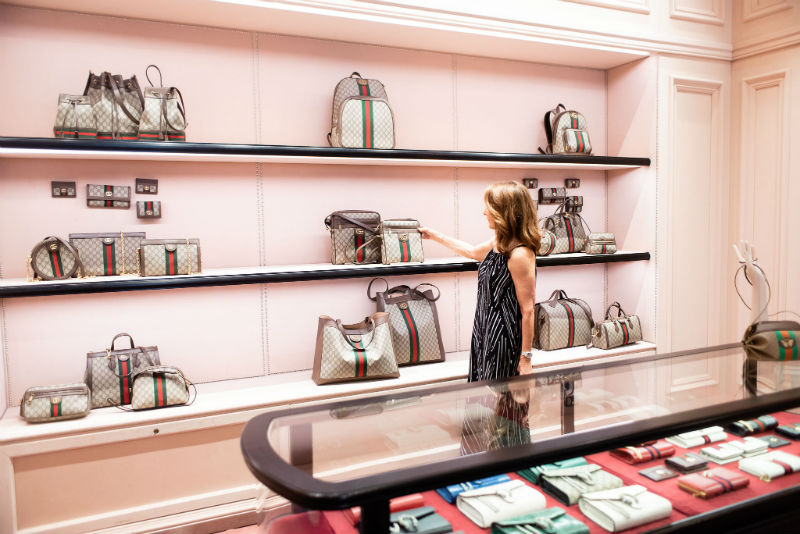
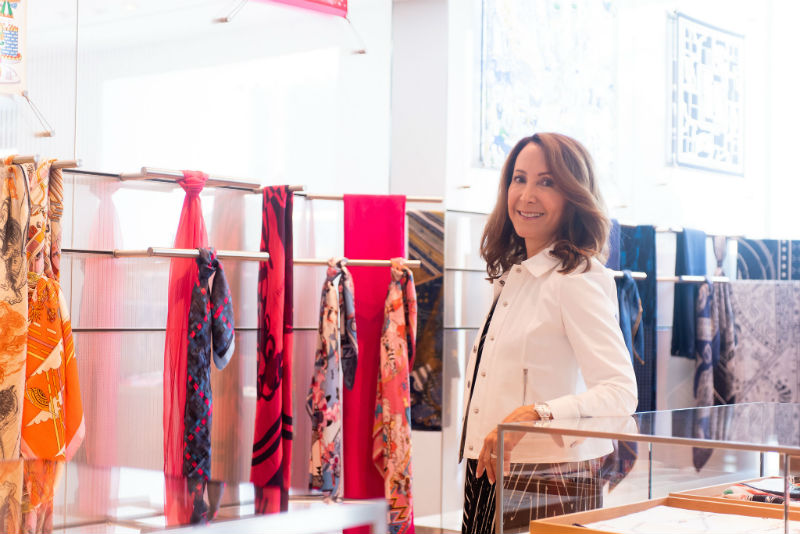
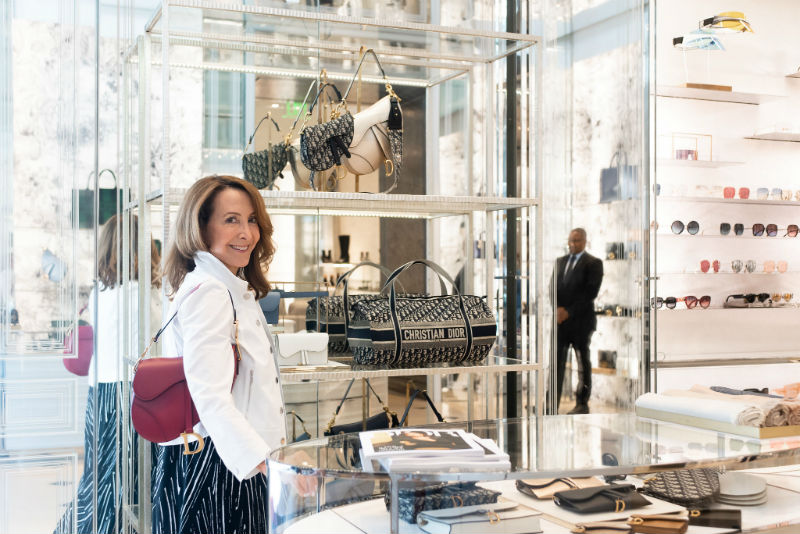
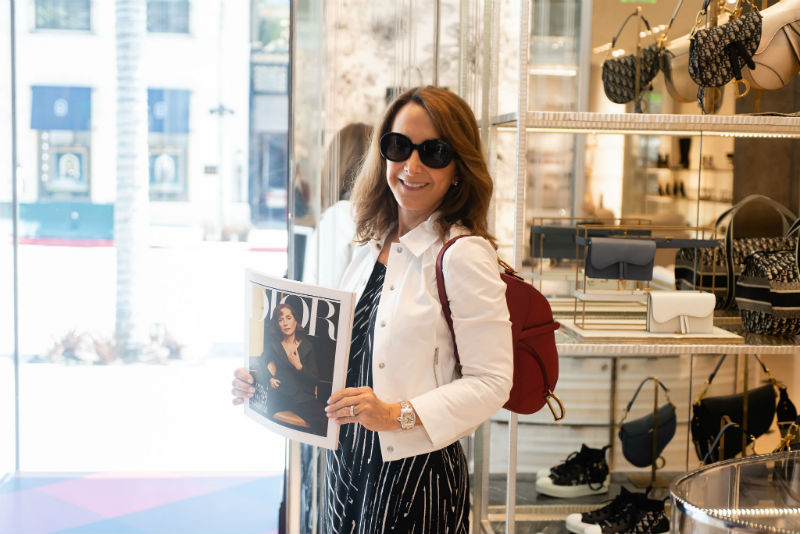
If you’re into documentaries and fashion, a super interesting documentary to watch on this subject is called The True Cost. It is a 2015 documentary film directed by Andrew Morgan that focuses on “fast fashion”. The documentary is a collection of interviews with environmentalists, garment workers, factory owners, and people organizing fair trade companies or promoting sustainable clothing production. If you have an Amazon Prime account you should check it out! I’m sure you’ll find it interesting.
Be Part Of The Solution
I started doing research for this article at the beginning of the summer and I’m not gonna lie y’all….I love shopping at Zara. I was really disappointed to realize that I was contributing to the problem in a way I had yet to understand. However, at the end of July, Zara made an announcement that it was committed to transitioning to sustainable fabrics and recycling. They’re not planning on lowering the amount of clothing they put out every year (which is a huge problem), but it is a start. That’s where we come in.
We need to lower the demand for fast fashion and spend our money with companies that are committed to environmentally sound production and sustainability.
We need to invest our money into high quality staple pieces in our wardrobe instead of items we plan on only wearing a few times.
We should look to consignment stores and websites to purchase items.
Consider clothes swapping with a friend or family member who shares a similar size and style you do.
When you do splurge on a luxury item consider purchasing something that has a better chance of standing the test of time. Imagine handing those items down to your daughters and granddaughters. Can you imagine if someone gave you a vintage Louise Vuitton or Dior bag?! What a special gift that would be!
Below I have put together a list of retailers and organizations who have taken great strides to revolutionize the fashion industry in a more sustainable way. Take a look at the list below and consider supporting these companies next time you shop. The tides are changing out there whether we like it or not. Quality over quantity has a real time impact on the environment. While I’ve always been a fan of high / low fashion, I am now much more aware of the stores and brands that are part of this movement that is taking over the fashion world. I do believe that sustainability is here to stay. We can love fashion and the planet all at the same time.
xx
Barbara
P.S. Check out my list of fashion positive brands below. If you know of any brands that I might have missed please add them in the blog comments below so we can all stay informed. It takes a village y’all!
Fashionpositive.org is an organization whose goal is providing fashion without waste or compromise defining circular fashion from the materials up. Some of the widely popular fashion labels who have jumped on board and are members of the Fashion Positive organization are H & M, Athleta, Banana Republic, Stella McCartney, Eileen Fisher, Mara Hoffman and Marks and Spencer. These brands are leading the fashion industry on a direct path to using healthy, safe and recycleable materials for a more beautiful world. You might be asking yourself things like ‘Where does this leave us? How can we enjoy fast fashion in a responsible manner to reduce our carbon footprint?’ Below are a few tips of how we as consumers can invest in fashion and the planet all at the same time. Having an awareness of brands that are all proponents of ethical fashion are key, so here goes.
H & M is one of the largest fast fashion brands in the world. They have instituted a global initiative called The Garment Collection Program. At every H & M store they have a recycling box where you can drop off your bag of unwanted clothing. All textiles are welcome - any brand, any condition…..even worn-out t-shirts, old sheets or odd socks. The textiles are then sent to the nearest recycling plant where they are sorted by hand. For every bag of textiles you drop off, you’ll receive a discount card for 15% off your next in-store purchase. This - is a win-win situation for you and for the environment.
Athleta is a B corporation putting people and the planet right up there with profit. Some different ways that they are participating in ethical fashion are: 60% of their materials are made from sustainable fibers. 4% of their products are made using water-saving techniques and 70% of their waste from shipping packaging has been diverted from landfills. I feel like this is important for all of us to know so that we can make informed decisions as to where to buy new athletic wear.
RE/DONE is a wildly popular brand of jeans with an interesting story that many influencers and celebrities have fallen head over heels in love with. The success of this brand is a great example of how a sustainable clothing line can compete in the luxury industry while showing each person’s individuality. Each pair of RE/DONE jeans comes from a pair of jeans that nobody wanted. They are recycled by a Los Angeles company, then disassembled and sewn back together again through an up-cycling process. They make it the most fashionable shape, sew their white label on the back of it making each piece beautiful and unique all at the same time. This whole process is what makes the brand so special and is the reason behind each piece’s high price tag.
Stella McCartney is pushing boundaries to make luxurious products in a socially responsible manner. From never using leather or fur to using new alternative materials and fabrics in place of traditional silk, wool and cashmere, to using cutting edge technology, this high end fashion label is continually measuring their environmental impact while making fashion circular and eliminating waste.
Another way to reduce your fashionable carbon imprint on the planet is buying from or consigning your used clothing. The RealReal is an online consignment marketplace and part of the circular economy where you can buy and sell used designer pieces. They are picky when it comes to what designer names they will accept, but it truly makes for a quality consignment experience. For me, it has been a pleasure doing business with them. They will even come to your home to pick up and pack your pieces. Positive consigning like this translates to both sustainability and profit and in the future. Hopefully every brand and every retailer will have a resale option.
Tradesy is another online resale marketplace for buying and selling women’s luxury and designer contemporary fashion. Its headquarters are in Santa Monica, and their goal is to have every product have at least five owners in its lifetime. Talk about sustainable fashion! You can list your items to sell directly within their app, and they even take bridal gowns and bridesmaid dresses and other wedding attire. They want designer products to be accessible and affordable to everyone.


